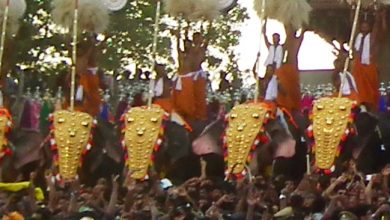5 must visit places in Japan
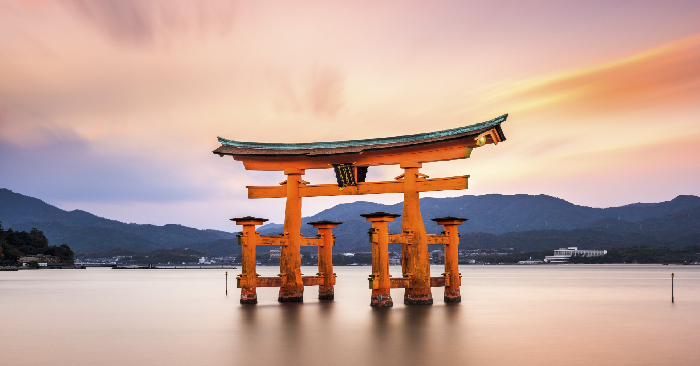
First-time visitors to Japan gets surprised to learn that, as one of the world’s most advanced industrialized nations, this relatively small Asian country also boasts a rich and fascinating history that dates back thousands of years. Years before many of Europe’s most spectacular cathedrals were built, Japan’s Shinto and Buddhist temples were already well-established and drawing pilgrims and patrons for their often elaborate designs and décor. Much of this rich tradition has, despite wars and natural devastation, been preserved or rebuilt and a visit to Japan is a memorable adventure. Boasting an endless list of top attractions, things to see and do, and points of interest to explore, a holiday in Japan is absolutely a great investment of time and money. Discover the best places to visit in the country with our list of the top-rated tourist attractions in Japan.
Mount Fuji

Japan’s most recognizable landmark, majestic Mount Fuji (Fuji-san) is also the country’s highest mountain peak, heights 3,776 meters over an otherwise largely flat landscape to the south and east, and tall enough to be seen from Tokyo. UNESCO recognized its world cultural significance in 2013. Part of the Fuji-Hakone-Izu National Park, the mountain is climbed by more than a million people each summer as an act of pilgrimage, which culminates in watching the sunrise from its summit.
Imperial Tokyo
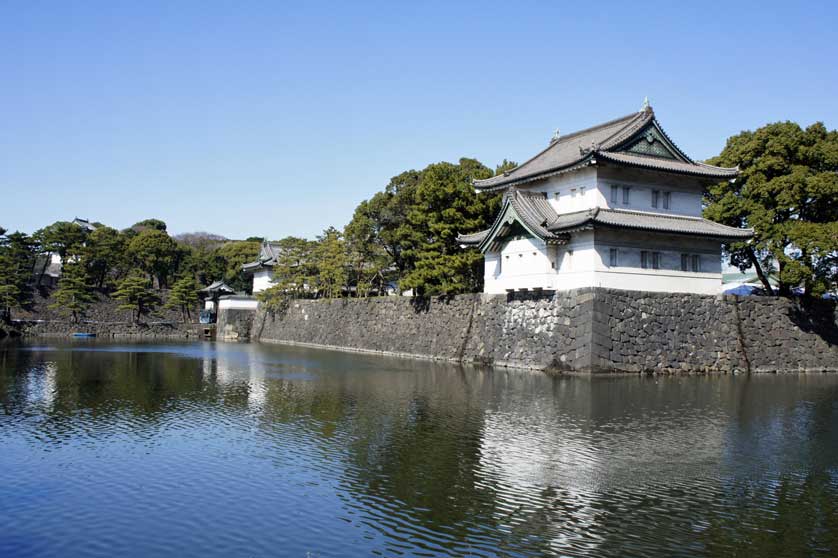
Tokyo’s world famous landmark, the Imperial Palace with17th-century parks surrounded by walls and moats, is a must-see in Japan. There are many fine views of the palace from numerous points in the surrounding parkland – including the famous Nijubashi Bridge, or “double bridge,” so named for its watery reflection – visitors are permitted into the East Higashi-Gyoen Garden and other areas that are opened to the public as part of an organized tour. Another destination for tourists visiting Tokyo is the famous Ginza shopping district, home to the Kabuki-za Theatre with its Kabuki performances, and the Shimbashi Enbujo Theatre with its traditional Azuma-odori dances and Bunraku performances.
Hiroshima Peace Memorial Park

In August 1945, much can be said of the incredible efforts this vibrant city has made to commemorate the many victims of the world’s first nuclear attack, and perhaps even more importantly, the symbol of lasting peace Hiroshima. Plave is visited by more than a million people each year, many from overseas, Hiroshima Peace Memorial Park (Hiroshima Heiwa Kinen Kōen) lies at the epicenter of the atomic blast in what was once a bustling part of the city and includes a number of important monuments, memorials, and museums relating to the events of that day. The park’s highlights include the Peace Memorial Museum with its numerous exhibits dealing with the issue of world peace, and the Memorial Cenotaph and the Flame of Peace, and the Atom Bomb Dome, the ruins of an administrative building that lay at the center of the explosion.
Historic Kyoto
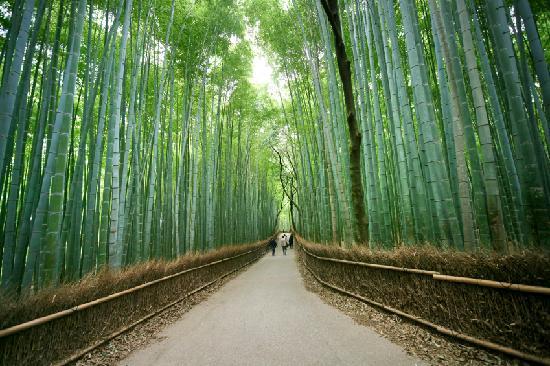
One of Japan’s most visited cities, Kyoto, few cities in the country to be spared the devastation of WWII attracts more than 10 million visitors yearly to explore its fine old streets and architecture. Even then, the city was Japan’s most important cultural center, a legacy that continues with its many museums and art galleries, each flourishing with important sculptures, paintings, and other art forms. Highlights of Kyoto’s Buddhist-influenced architecture include its many well-preserved temples, 30 of which are still in use, and important structures such as the 14th-century Golden Pavilion famous for its gold-leaf-clad exterior. Visit to Kyoto is complete without spending time exploring the Arashiyama Bamboo Grove, a beautiful area of tall bamboo just a few minutes’ walk from the town center.
The Island Shrine of Itsukushima
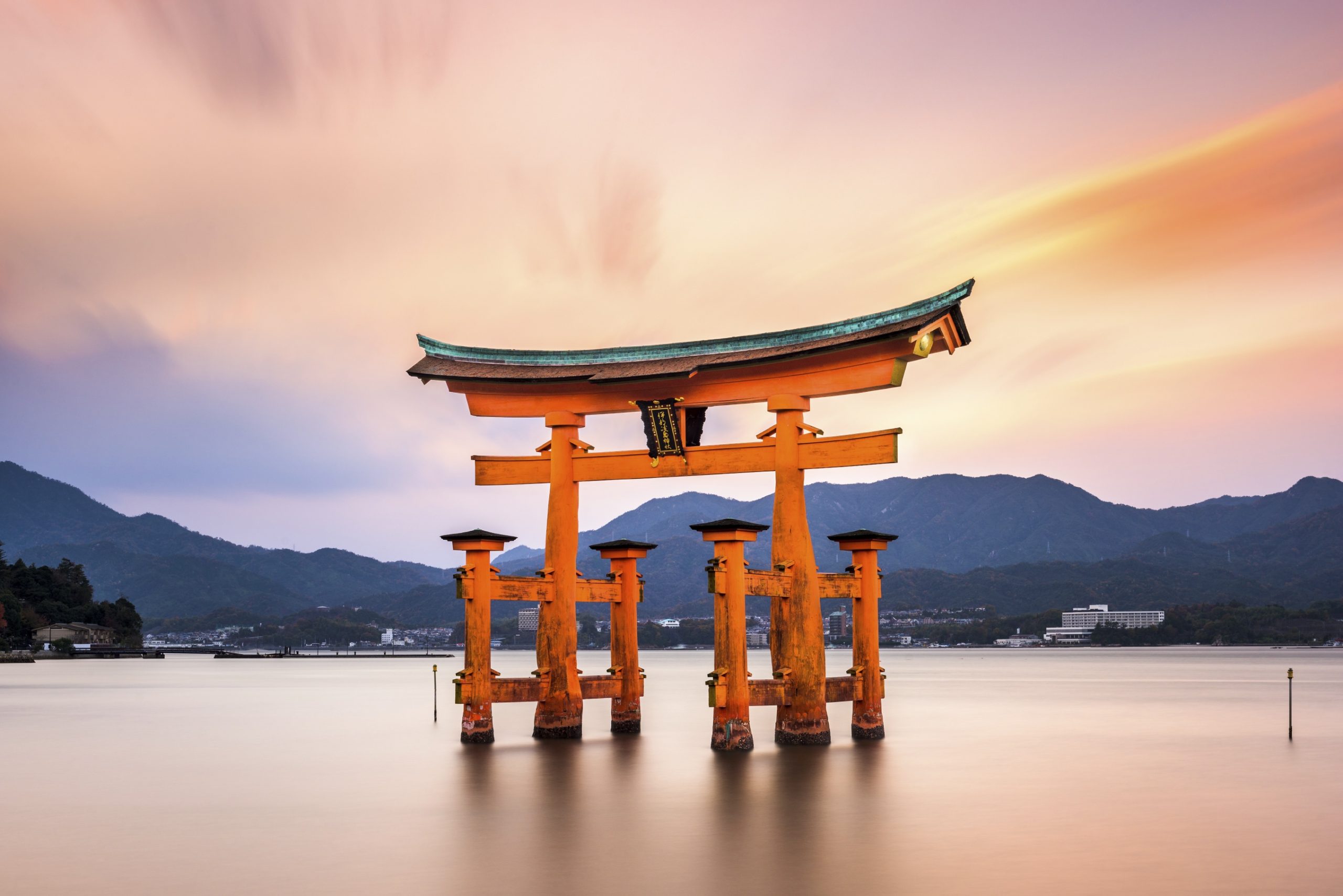
In a short ferry ride from mainland Hiroshima is the island of Miyajima, famous the world over as Japan’s Shrine Island., Miyajima is best known as the home of the Itsukushima Shrine, Shinto temple dedicated to the Princess daughters of the wind god Susanoo. From the eighth century, the majority of the shrine’s buildings rise out of the waters of a small bay supported only by piles. The effect at high tide is simply stunning, making these structures – including the famous Great Floating Gate (O-Torii) appear like they’re floating on water.






